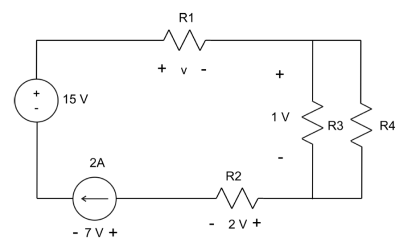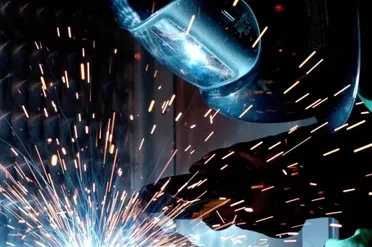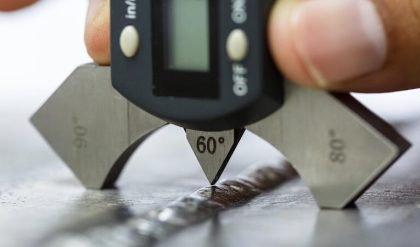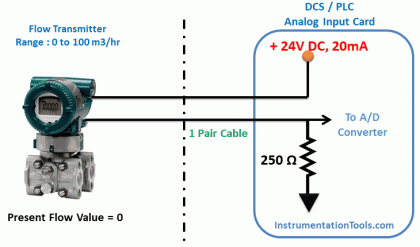Because of the diversity of the types of systems, fluids, and environments in which valves must operate, a vast array of valve types have been developed. Examples of the common types are the globe valve, gate valve, ball valve, plug valve, butterfly valve, diaphragm valve, check valve, pinch valve, and safety valve. Each type of valve has been designed to meet specific needs. Some valves are capable of throttling flow, other valve types can only stop flow, others work well in corrosive systems, and others handle high pressure fluids. Each valve type has certain inherent advantages and disadvantages. Understanding these differences and how they effect the valve’s application or operation is necessary for the successful operation of a facility.
Although all valves have the same basic components and function to control flow in some fashion, the method of controlling the flow can vary dramatically. In general, there are four methods of controlling flow through a valve.
1. Move a disc, or plug into or against an orifice (for example, globe or needle type valve).
2. Slide a flat, cylindrical, or spherical surface across an orifice (for example, gate and plug valves).
3. Rotate a disc or ellipse about a shaft extending across the diameter of an orifice (for example, a butterfly or ball valve). 4. Move a flexible material into the flow passage (for example, diaphragm and pinch valves).
Each method of controlling flow has characteristics that makes it the best choice for a given application of function.
Valve Functions and Basic Parts Summary
There are four basic types of flow control elements employed in valve design.
1. Move a disc, or plug into or against an orifice (for example, globe or needle type valve).
2. Slide a flat, cylindrical, or spherical surface across an orifice (for example, gate and plug valves).
3. Rotate a disc or ellipse about a shaft extending across the diameter of an orifice (for example, a butterfly or ball valve).
4. Move a flexible material into the flow passage (for example, diaphragm and pinch valves).
Valve stem leakage is usually controlled by properly compressing the packing around the valve stem.
There are seven basic parts common to most valves.





